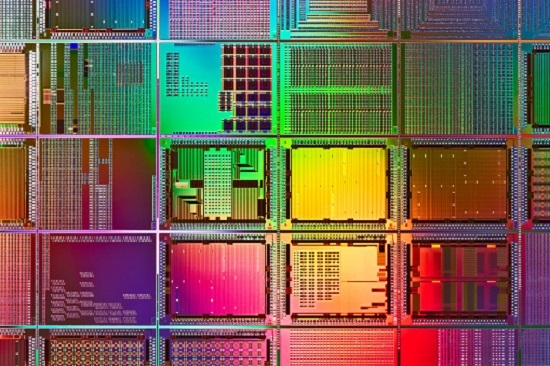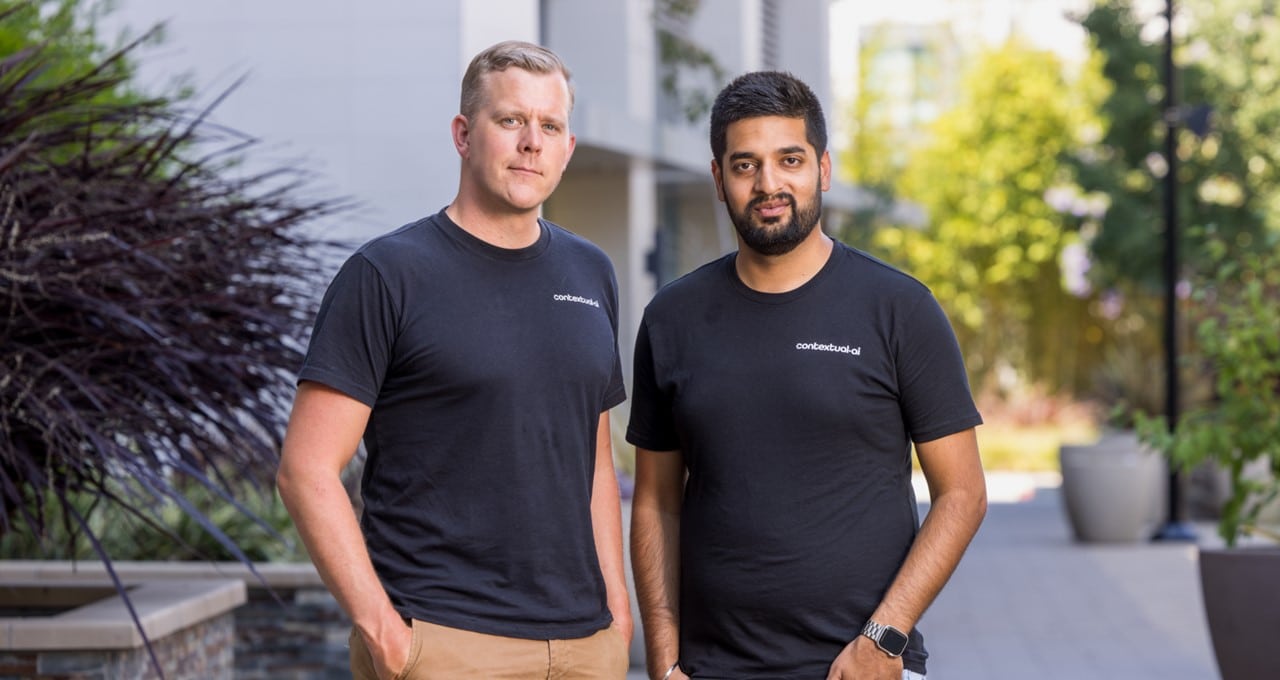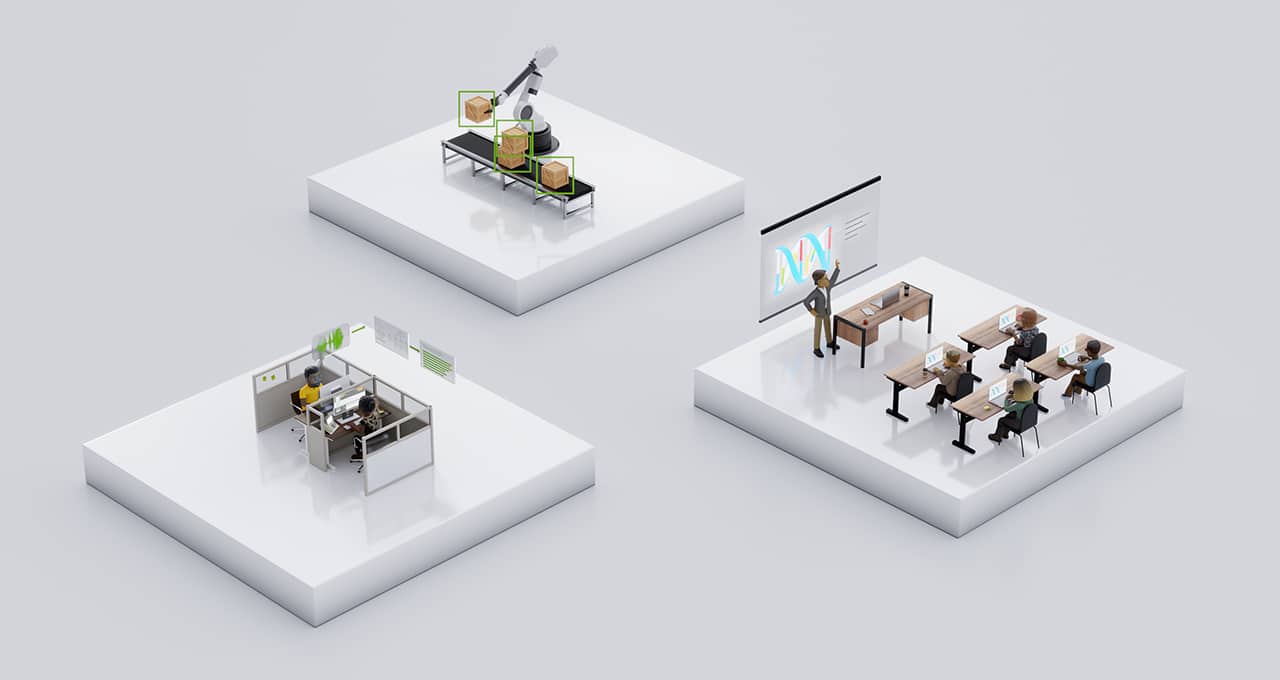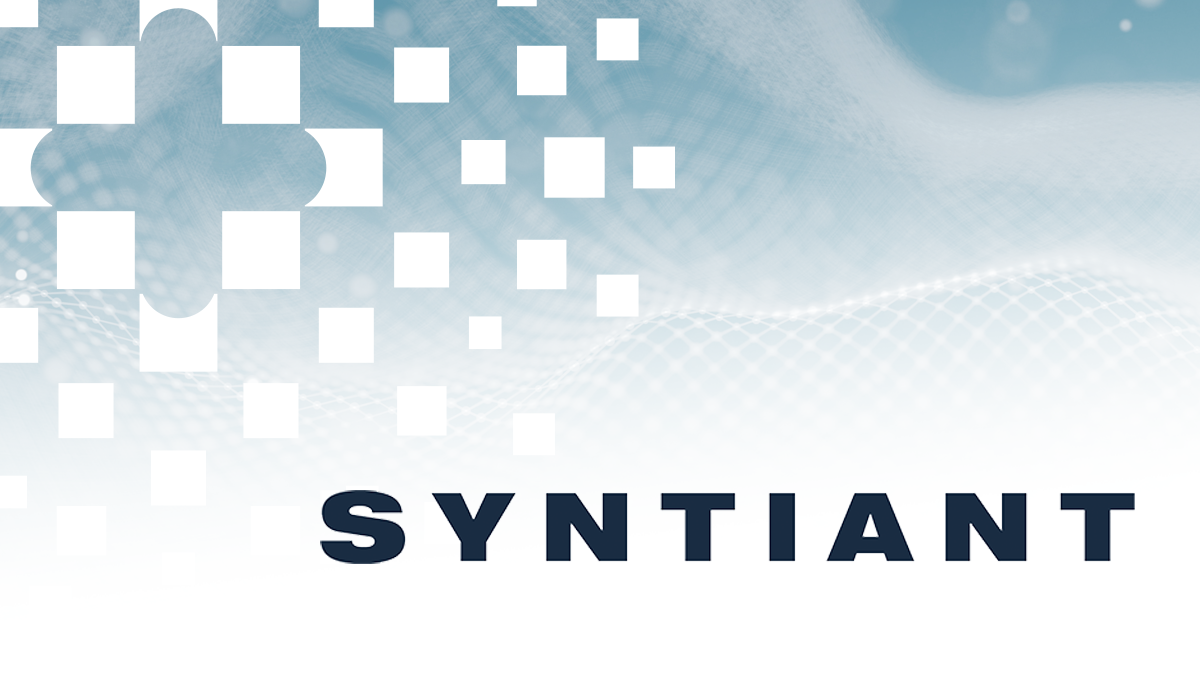Hyperconnectivity, Not Well Understood, Ties All Smart Devices
By John P. Desmond, AI Trends Editor Hyperscale computing refers to an agile method of processing data, which can scale processing capacity up or down depending on requirements of data traffic. The approach is being enhanced with hyperscale application-specific integrated circuits (ASICs) that combine AI/machine learning accelerators with switch fabric systems on a chip (SoCs). […]


By John P. Desmond, AI Trends Editor
Hyperscale computing refers to an agile method of processing data, which can scale processing capacity up or down depending on requirements of data traffic.
The approach is being enhanced with hyperscale application-specific integrated circuits (ASICs) that combine AI/machine learning accelerators with switch fabric systems on a chip (SoCs).
A related term, hyperconnectivity, was originally coined by Canadian social scientists to refer to the condition of humans in networked organizations and societies of being always connected by a variety of electronic means.
In computer networking today, hyperconnectivity refers to all things communicating through the network, encompassing person-to-person, person-to-machine and machine-to-machine communications. This scenario has been enabled by huge increases in network bandwidth and with the introduction of IoT sensors and the AI systems capable of processing the massive volumes of data produced.
Hyperconnectivity is now extending to the consumer, with a new generation of functionality that historically separate devices such as cars and smartphones will exploit.
However, hyperconnectivity is not a well-understood term by the general consumer, a new report from Cadence Design Systems has found. Cadence primarily serves semiconductor manufacturers with tools that help them design their chips; “Cadence by Design” is the company’s equivalent to the “Intel Inside” branding effort of Intel Corp., that worked to create awareness of the role of the company’s products in the overall market.
Cadence commissioned Northstar Research Partners of London to survey over 3,000 adults in five technology markets: the US, UK, Israel, China and Germany. The research was conducted in Q4 2020.
“As consumers, hyperconnectivity is greatly influencing our lives, enabled by the underlying computing developer ecosystem, from IP through semiconductors to systems companies,” stated Nimish Modi, senior vice president, marketing and business development at Cadence, in a press release. “Through tighter collaboration, the industry has a tremendous opportunity to accelerate the development of innovative technologies incorporating power-efficient design, AI/ML enablement, security and safety to best reflect the needs and concerns of today’s hyperconnected consumers.”

Understanding what consumers value in smart device products helps Cadence in the development of their design tools, said Frank Schirrmeister, Senior Group Director, Solutions & Ecosystems for Cadence, in an interview with AI Trends.
“Looking at what our customers are thinking helps us reflect back on our tools,” he said. “It’s always good to understand your customer’s customers and what they are interested in.”
For example, asked what factors were most important in getting a consumer to “like” a device, such as a smartphone, the survey found that battery life, strong security and reliability were the most important factors. “That helps us determine priorities,” Schirrmeister said.
Asked for their preferred method of communicating with a device, 32% of respondents said voice, 30% said by touch, 15% said facial recognition, 12% said hand movements and seven percent said “brain activity” (as in thoughts).
“We are a key enabler to make all these things work” Schirrmeister said.
The survey also explored attitudes of consumers towards sharing data. For example, 58% said they would share data with their energy providers, to avoid in-person meter readings. Only 22% said they would share their energy use data with the government to help with national planning.
When it comes to smart refrigerators, 45% said they would be willing to share information with the manufacturer, in order to send software updates and diagnose problems. Only 19% said they were willing to share smart refrigerator data with health insurance companies, so they could better assess the health benefits of the food the consumer eats.
In healthcare, 73% said they would trust their personal healthcare information with their physician, while 45% would trust it with their employer.
“The full benefits of hyperconnectivity rely on data sharing,” the Cadence report states. However, consumers are unsure about how to protect their data from hackers. Consumers were mixed in their preferences for whether data is processed on their phones or in the cloud. “People are not quite sure where their data is processed,” Schirrmeister said. “This has implications and basically implies we need to make it more clear to customers,” he suggested.
Hyperconnectivity Seen Transforming What Cars Are
Hyperconnectivity is expected to expand rapidly in the automotive industry, with projections rising for autonomous driving, safety systems, connected services and connected cars, according to a recent account in Automotive News.
For the past 100 years, the car has served primarily as a means of transportation; hyperconnectivity is changing that, the report suggests.

“The hyperconnected vehicle is nearly here, and so is the value it will create—as a platform for informational transportation—that will disrupt all corners of automotive,” stated the article’s author, Greg Ross, Connected Car Practice Lead for motormindz, automotive consultants. “With annual industry investments into Connectivity over the next five years reaching the hundreds of billions, and vehicle installations reaching the hundreds of millions, the distribution network for this new value is coming of age,” he stated.
An IoT-based distribution network will allow for an expansion in hardware, software and services that will create enormous opportunities for entrepreneurs.
“The opportunities to create value from Connectivity for OEMs are still in their infancy—there are many new ecosystems emerging,” Ross stated.
Read the source articles and information in the Cadence press release, in the Candence report on hyperconnectivity, and in Automotive News.





































